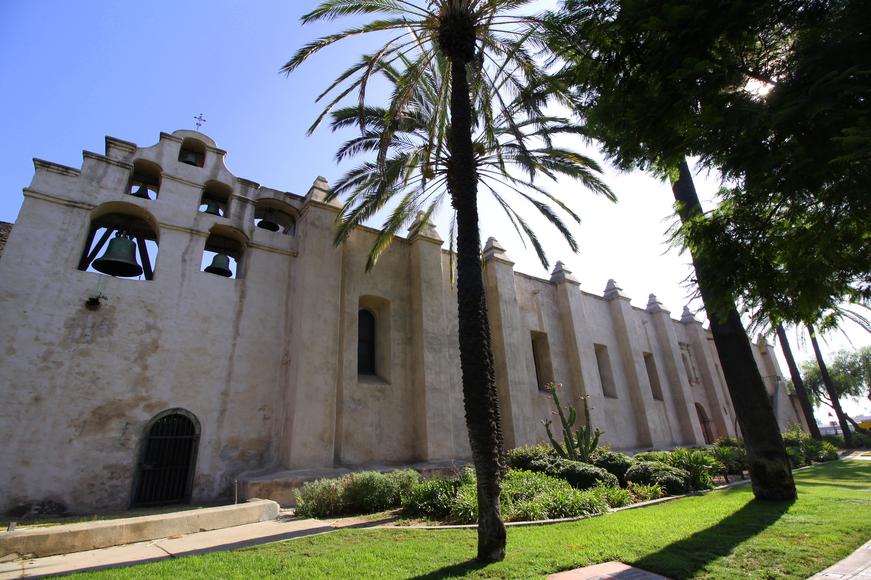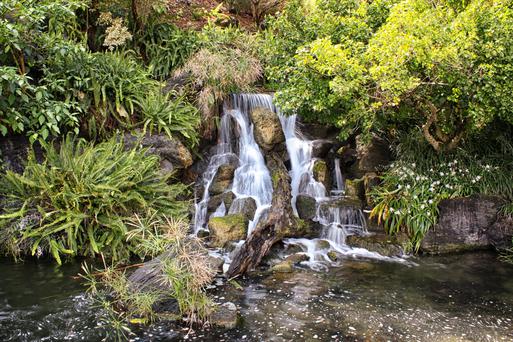The San Gabriel Arcángel Mission, founded in 1771, stands as a testament to California's rich tapestry of historical legacies. With its illustrious past, this mission serves not only as a reflection of the state's religious history but also as an embodiment of the broader narrative of the Spanish colonization of the Americas. If you're considering a visit to this iconic site, here's a concise guide to its history and what to expect during your tour.
A Brief Historical Overview
The San Gabriel Arcángel Mission was the fourth of twenty-one missions established in Alta California by the Spanish. Founded by Father Junípero Serra, the mission was originally located near the native village of Shevaanga. Due to floods and the proximity to the Rio Hondo, however, the mission was relocated to its current site in 1775.
The mission's primary goal, like others in California, was to convert the indigenous people to Christianity and to acculturate them into Spanish colonial society. This process was not always peaceful, and many indigenous individuals faced pressures, conflicts, and hardships as a result.
Throughout its existence, San Gabriel Arcángel thrived as an agricultural center, producing a variety of crops and sustaining vast herds of livestock. Its success significantly contributed to the growth of the Los Angeles region.
Architectural Splendors
One of the most striking features of San Gabriel Arcángel is its architectural design. The mission's church boasts a unique Moorish-inspired facade, setting it apart from other California missions. Inside, visitors can marvel at the original wooden altar and several statues and paintings that date back to the mission's early years. The thick adobe walls and large wooden doors transport visitors back in time, providing a tangible connection to California's colonial history.






